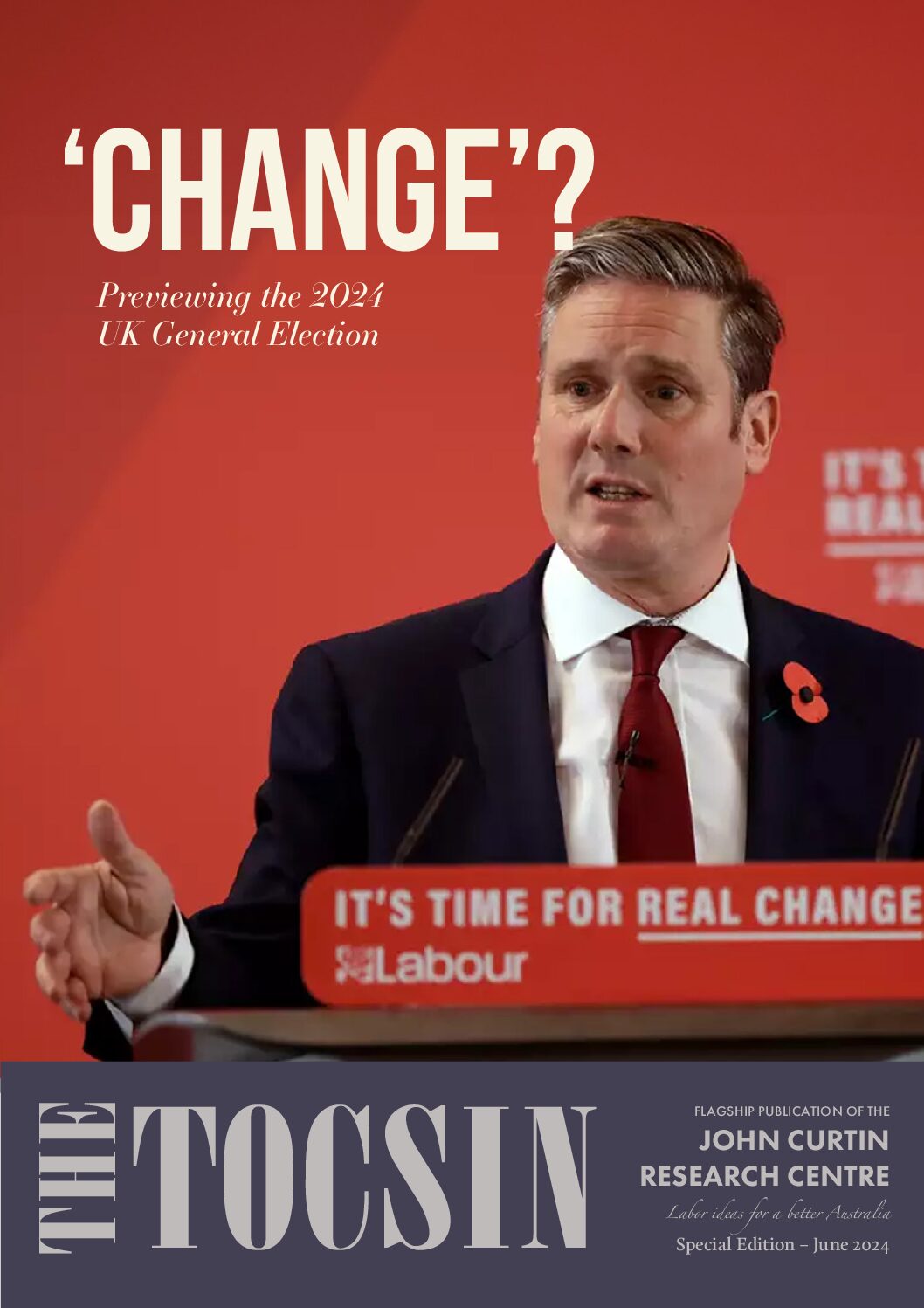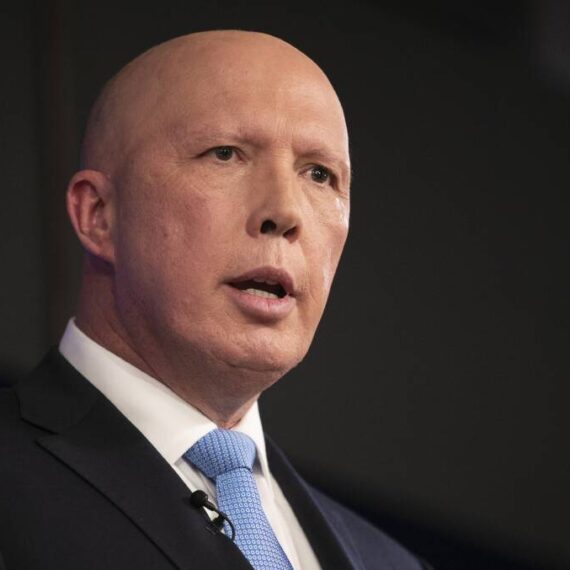Last month’s announcement by Treasurer Jim Chalmers to split the Reserve Bank of Australia’s board into two – comprising a new nine-member monetary policy board tasked with setting interest rates and maintaining the bank’s inflation-target framework, and a separate governance board – deserves and will likely receive bipartisan support.
It is the major recommendation flowing from the independent review of the RBA commissioned by Dr Chalmers in July 2022, the first such review since the 1990s.
Dr Chalmers has indicated in-principle agreement to adopt all 51 of the An RBA fit for the future report’s recommendations. Crucially, attaining full employment will be placed on the same pedestal as fighting inflation.
It appears implausible these long-overdue reforms will be steered through by consultation with the much-criticised RBA governor, Dr Philip Lowe, whose seven-year term expires in September. In any case, the RBA’s recent troubles are deeply institutional, while not absolving Dr Lowe of blame.
Splitting the board, while retaining its independence from government, emulates the central bank structures of Canada and the UK. Two new board members have been appointed to the new nine-member board – former Fair Work Commission president Iain Ross and company director Elana Rubin – until the new system is legislated in 2024.
So far, so good. Yet there is scope for more ambitious and inclusive reforms.
Canada’s central bank framework involves a separate governing council of six members drawn from the Bank of Canada’s top echelons. The Bank of England’s 13-member financial policy committee includes six from the bank and five so-called ‘outsiders’, selected “for their experience and expertise in financial services”.
The other two are the financial conduct authority’s CEO and a non-voting member from the UK Treasury.
Australia can take a leaf out of the UK’s ‘outsiders’ model by comprising the RBA with representatives of workers, consumer groups and key stakeholders such as superannuation funds as well as more women, regional inclusions, and energy experts, instead of the current non-economist, company director dominated board of late.
Some have suggested the appointments of Ross and Rubin address these gaps. However, with no disrespect to either of these well-credentialed candidates, there is a strong argument for a 10th policy board member directly representing labour interests.
Indeed, this would signal a ‘back to the future’ moment. Bill Kelty, while serving as secretary of the Australian Council of Trade Unions, was regarded as an outstanding RBA director by former governor Bernie Fraser during the Hawke-Keating governments, bringing an intimate knowledge of wages and wage forecasts and the concerns of workers, all the while not acting in the interests of unions but the nation.
The specific inclusion of worker representatives on the RBA’s board could disrupt the ‘groupthink’ of present arrangements. It would bring to the table the interests of ordinary Australians, notably in tough times, such as the effect of successive rate rises which have created record rates of mortgage and rental stress.
These representatives bring expert knowledge of how the real economy works and labour market operations.
There is no need to stop there
In March this year, the Albanese Labor government opened the Postal Services Modernisation review to public submissions.
Apropos Australia Post, as a government business enterprise, worker representation could be implemented by including a board member elected by its employees.
Indeed, to quote the Australian Postal Corporation Act, “in nominating persons for appointment as directors, the [responsible] minister must have regard to the need to ensure that the directors collectively possess an appropriate balance of expertise and, in particular, include a person who the minister, after consultations with representatives of industrial organisations representing employees, is satisfied has an appropriate understanding of the interests of employees”.
Employee directors merely fulfil existing legislation.
Working Australians face a gloomy global economy, persistent inflation, high energy prices and cost of living pressures, an ongoing (yes, ongoing) pandemic, geopolitical tensions, and climate change.
They are best served by a more accountable and inclusive RBA board in touch with their immediate and long-term concerns.
RBA representation for workers would aid the ‘fit for purpose’ report dual objectives of “price stability and full employment, with equal consideration given to each” to guarantee the “economic prosperity and welfare of Australians now and in the future”.
This is Australia’s and Labor’s back to the future moment.
To paraphrase an 1890 union report that led to the latter’s founding, including worker representatives and other new voices on the RBA board can help ensure “every man [and woman], by the opportunity of fairly remunerated labour, a share in those things that make life worth living”.





